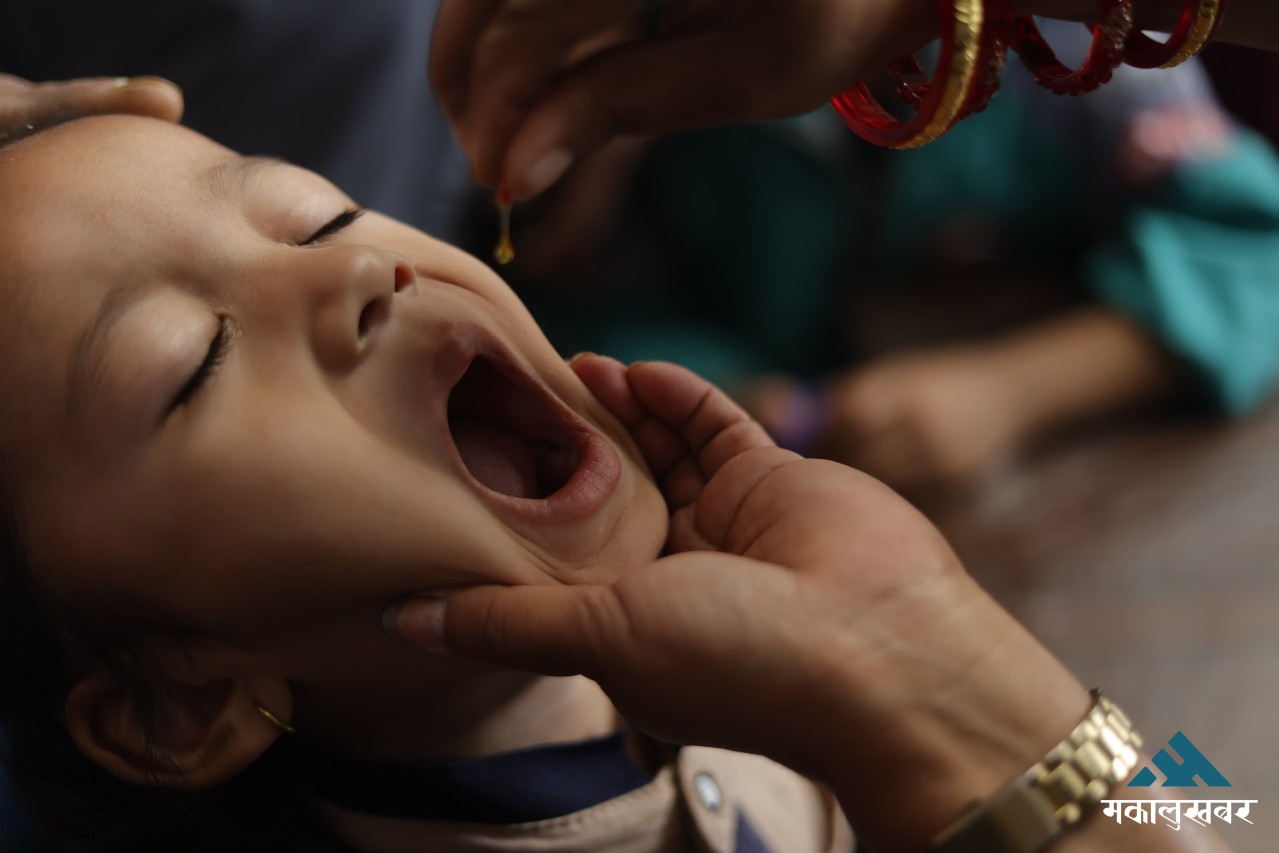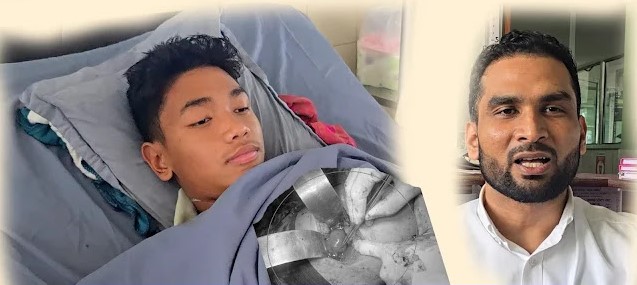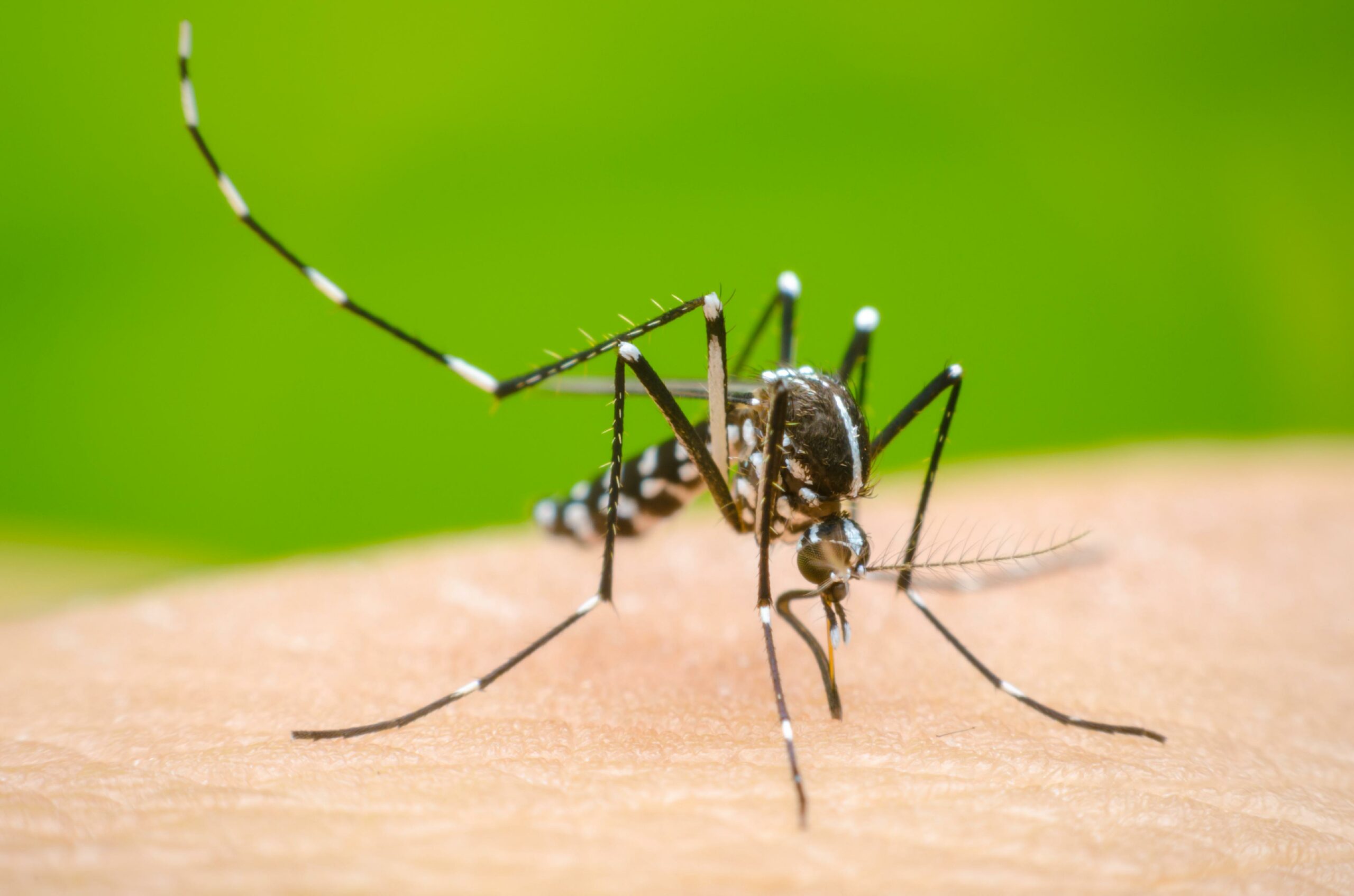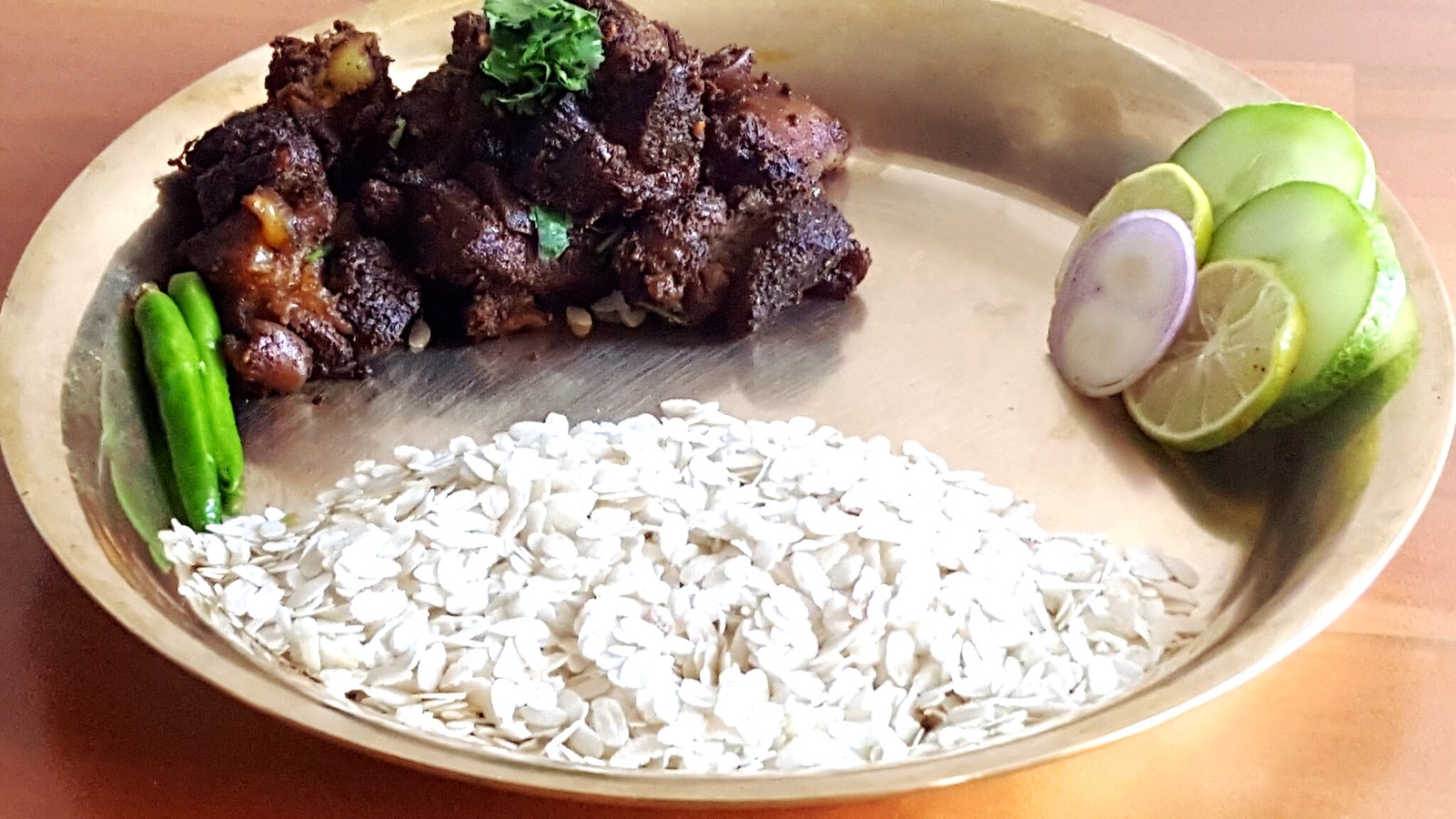After your stroke: How to handle 5 common complications
The most common type of stroke is ischemic.
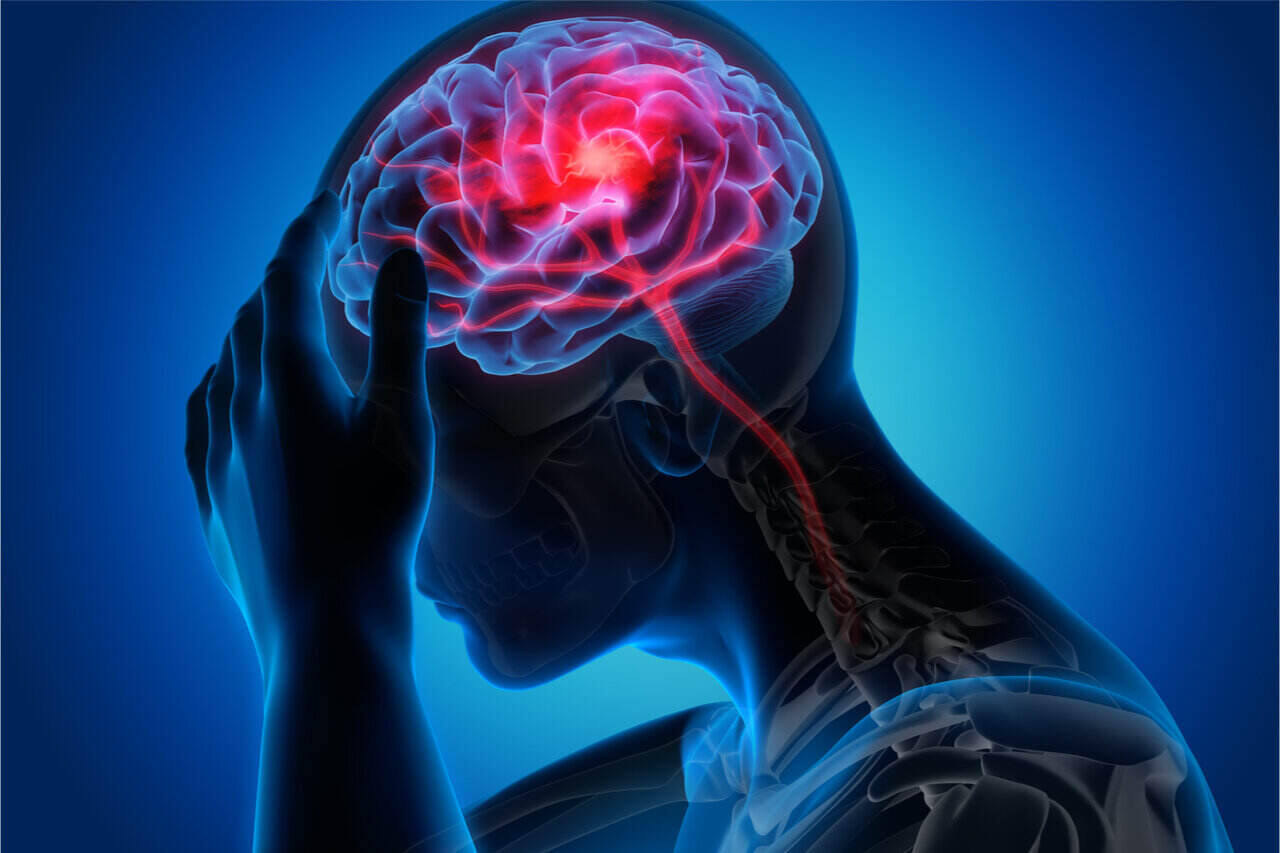
After you’ve had a stroke, some physical or mental complications are likely. Depending on how severe the stroke was and other factors, you may have major or minor difficulties that are sometimes temporary or possibly permanent.
“Each and every stroke is different. Recovery depends on the size and location of the stroke, its cause and the age of the patient,” says neurologist Jayashree Sundararajan, MD.
The most common type of stroke is ischemic — when a blood vessel in the brain develops a clot and cuts off the blood supply to the brain. This describes 87 percent of strokes.
A hemorrhagic stroke is typically more serious. It occurs when a weakened blood vessel in the brain ruptures. A haemorrhage (bleeding from the blood vessel) happens suddenly.
You may experience one or more of these common complications after your stroke.
1. Blood clots or deep vein thrombosis (DVT)
When you are in the hospital or immobile for a long time, you are at risk of developing a blood clot. Depending on what caused your stroke, you may have a greater risk of blood clots.
“In the hospital, we focus on DVT, but even when someone is doing better and is mobile, clotting is something to watch for,” Dr. Sundararajan says.
DVT itself is not life-threatening, but a clot may break free and travel through the bloodstream. If it lodges in the blood vessels of the lungs, this causes a life-threatening condition.
Symptoms of DVT include swelling in a leg or arm, sometimes with accompanying pain, redness and warm skin.
Your doctor may prescribe anticoagulant medication (a blood thinner) to help reduce the risk of clotting. He or she likely will run blood tests regularly to make sure the dosage is correct. If you’re on blood thinners, you must avoid cuts and other injuries that could cause bleeding.
2. Depression and other mood changes
“Depression is a very treatable condition that can accompany stroke. I think it is under-diagnosed,” Dr. Sundararajan says.
After a stroke, you may have memory lapses, and difficulty sleeping and you may struggle to resume enjoyable activities alone or with your family and friends. These factors all may contribute to feelings of sadness, worthlessness and lack of energy.
You may also experience irritability, apathy and uncontrolled expressions of emotions.
Your doctor may suggest counselling or prescribe an antidepressant. Dr. Sundararajan encourages her patients to join a stroke support group.
“This is a good avenue to make new friends and it’s very therapeutic,” she says.
3. Aphasia and other speech disorders
Damage to parts of the brain responsible for language may cause aphasia. This impairs the expression and understanding of language as well as reading and writing. Aphasia may occur along with other speech disorders
A speech-language pathologist will devise a therapy plan for you and your family. This may involve word boards, electronic devices and other methods to help improve communication.
4. Involuntary muscle tightening or spasticity
You may develop muscle tightness and pain in your leg or arm muscles soon after your stroke or months later. A physical therapist likely will recommend stretching and other exercises, plus possible splinting or bracing.
Your doctor also may use injected botulinum toxin to reduce involuntary muscle tightening and pain from the stroke.
5. Chronic headaches
This complication is more common in those who have had a hemorrhagic stroke, as blood from the hemorrhage may irritate the brain. You should not use over-the-counter medications without consulting your doctor. He or she likely will refer you to a headache clinic, Dr. Sundararajan says.
You may encounter other complications after your stroke, including swallowing difficulties, bed sores and falling.
Talk to your doctor about any difficulties you or your caregivers encounter.
-Health Essentials


